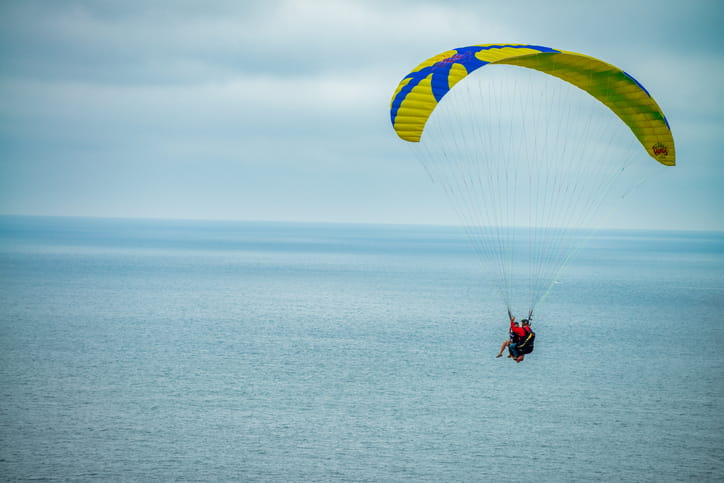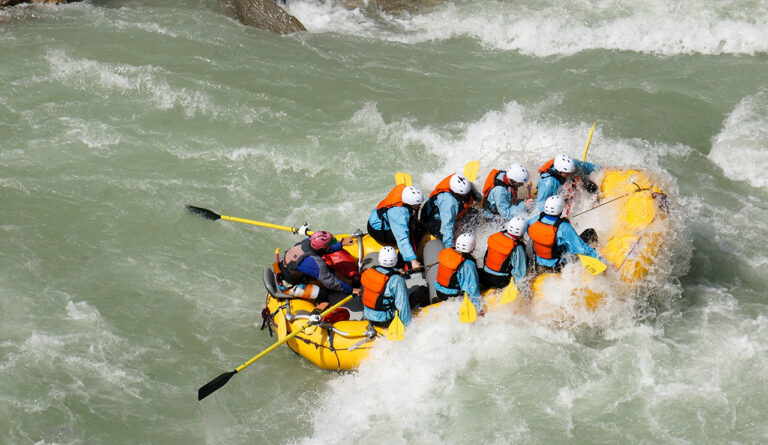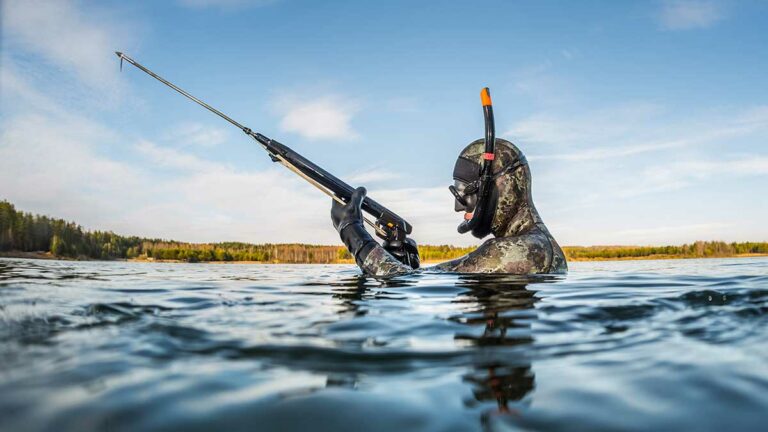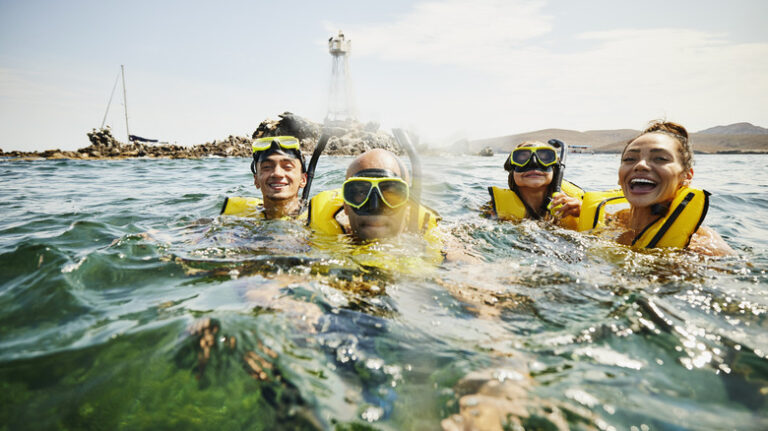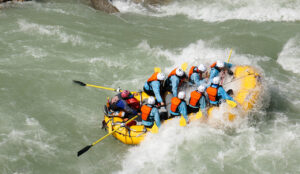Is the thrill of soaring above the ocean worth the risk? As vacationers flock to coastal paradises around the world, the allure of parasailing—where participants are towed behind a boat while attached to a parachute—continues to captivate thrill-seekers and beachgoers alike. With its promise of breathtaking views and the exhilarating sensation of flight, parasailing offers an unforgettable experience. However, questions about its safety often linger in the minds of potential adventurers. This blog post will delve into the safety measures involved in parasailing, examine industry regulations, and highlight the benefits of choosing reputable operators. By exploring expert opinions and real-life experiences, we aim to provide a comprehensive understanding of whether parasailing is a safe activity for your next seaside escape.
Parasailing is an exhilarating water sport that offers breathtaking views and a unique sense of freedom as you soar high above the water. However, many potential adventurers often ask, Is parasailing safe? This article delves into the safety aspects of parasailing, providing you with the information you need to make an informed decision before taking flight.
Understanding Parasailing
Parasailing involves being towed behind a boat while attached to a specially designed parachute, known as a parasail. As the boat accelerates, the parasail lifts you into the air, offering a panoramic view of the surrounding landscape.
Safety Measures and Regulations
Operator Certification and Experience
- Choosing a reputable operator is crucial. Ensure that the parasailing company is certified and that its staff is experienced and trained in safety protocols.
- Look for operators with positive reviews and a history of safe operations.
Equipment Inspection
- Regular maintenance and inspection of equipment are essential. Check that the harnesses, tow lines, and parasails are in good condition and meet safety standards.
- Inspect the equipment yourself if possible, or ask the crew to show you the safety features.
Weather Conditions
- Weather plays a significant role in parasailing safety. Ideal conditions include clear skies and mild winds. Avoid parasailing during storms, high winds, or poor visibility.
- Check the weather forecast before booking your parasailing adventure.
Weight and Age Restrictions
- Adhering to weight and age restrictions is important for safety. These limits are set to ensure that the equipment can safely support participants.
- Ensure that you meet the operator’s requirements before booking.
Pre-Flight Briefing
- A thorough pre-flight briefing should be provided, explaining safety procedures, hand signals, and what to expect during the flight.
- Pay attention to the briefing and ask questions if anything is unclear.
Expert Opinions
To gain insight into the safety of parasailing, we spoke with John Miller, a certified parasailing instructor with over a decade of experience. Parasailing is generally safe when conducted under the right conditions and with proper equipment, says Miller. It’s important for participants to listen to instructions and communicate with the crew if they feel uncomfortable at any point.
Conclusion
While no adventure sport is without risk, parasailing can be a safe and thrilling experience when conducted responsibly. By choosing a reputable operator, following safety guidelines, and paying attention to weather conditions, you can enjoy the stunning views and the feeling of flight that parasailing offers.
Before you embark on your parasailing adventure, remember to do your research and prioritize safety to ensure an unforgettable experience.
